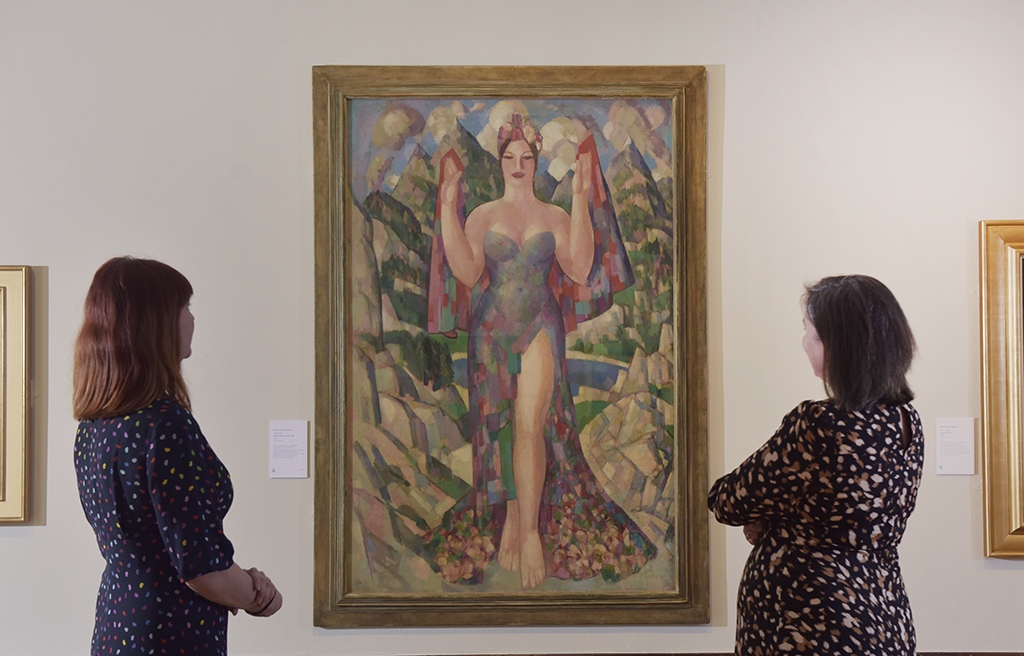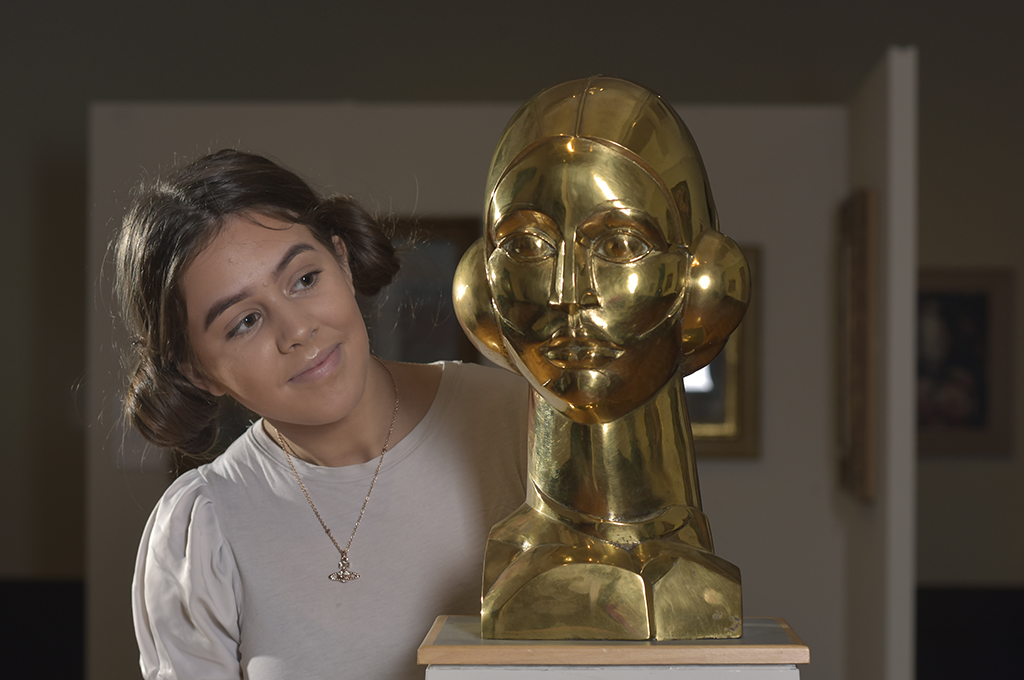
Major celebration of Scots Colourist J D Fergusson
Derain, Peploe and Matisse to be displayed alongside J D Fergusson in a major new exhibition celebrating the Scottish Colourist.
The works of one of the most significant Scottish artists of the modern age are to go on display in a major new exhibition at Perth Museum and Art Gallery.
John Duncan Fergusson was an important and influential artist in Britain in the first half of the 20th century, and was a leading figure among the ‘Scottish Colourists’.
Running to 29 February 2020, Fergusson will include some of his best-known works including The Grey Hat, Le Manteau Chinois and At My Studio Window , and will feature important works by his contemporaries and founders of the Fauve movement, Matisse and Derain.
As part of the exhibition, Culture Perth and Kinross is delighted to be receiving significant paintings on loan; The Pool of London by André Derain from Tate, On the French Coast by Samuel John Peploe from National Galleries Scotland and Portrait of Greta Moll by Henri Matisse from the National Gallery in London.
These magnificent works of art are to be exhibited for the first time in Perth and offer fans the rare opportunity to view these iconic works outside London.

A major new exhibition celebrating Scottish Colourist J D Fergusson is taking place in Perth
The Fergusson exhibition showcases works spanning the duration of Fergusson’s long and productive career and will feature more than 40 paintings, drawings, watercolours. It will be the largest dedicated exhibition of works by Fergusson to take place in Perth.
John Duncan Fergusson was the most internationally recognised artist of the group known as The Scottish Colourists. Fergusson, who spent much of his life split between France and London, was highly influenced by the French modern movements of the early twentieth century.
Fergusson was born in Leith, but an interest in travel saw Fergusson move to Paris in 1907. While there, he became aware member of the Parisian art circles to which artists such as Matisse and Picasso also belonged.
The outbreak of the First World War forced him to return to Britain, and by 1918 he was an established member of the art scene in Chelsea, London.
In 1929 he went back to Paris for a further eleven years before moving to Glasgow, where he lived until his death. Like his friend Samuel John Peploe, Fergusson’s early work was influenced by that of Whistler and the Glasgow Boys, but in France he came across Fauvism and adopted a similar style, using pure, bright colours and bold, rhythmic contours.

Katie Adams takes a closer look at John Duncan Fergusson’s Easter: Hymn to the Sun (1924)
Collections Officer for Culture Perth and Kinross, Amy Fairley said: ‘We are delighted to be able to exhibit such a fantastic array of works by J D Fergusson in this new exhibition at Perth Museum and Art Gallery.
‘We are also very grateful to The National Gallery, Tate and National Galleries Scotland for generously agreeing to loan us important works by André Derain, Henri Matisse and Samuel John Peploe to feature in this ambitious show.
‘This is an incredible opportunity to see works by these iconic artists, who were key players in the modern art movement. Derain and Matisse pioneered a new style of painting which led to their becoming known as Les Fauves, or “Wild Beasts”. This movement is characterised by the use of vivid, sometimes clashing colours and simplified forms and came to have a great influence on Fergusson’s work.
‘This is a rare opportunity for visitors to see these works outside of London and to learn more about the artists who inspired Fergusson.’
Culture Perth and Kinross is the custodian of the largest collection of artwork and personal, archival material belonging to J D Fergusson.
TAGS

